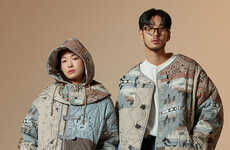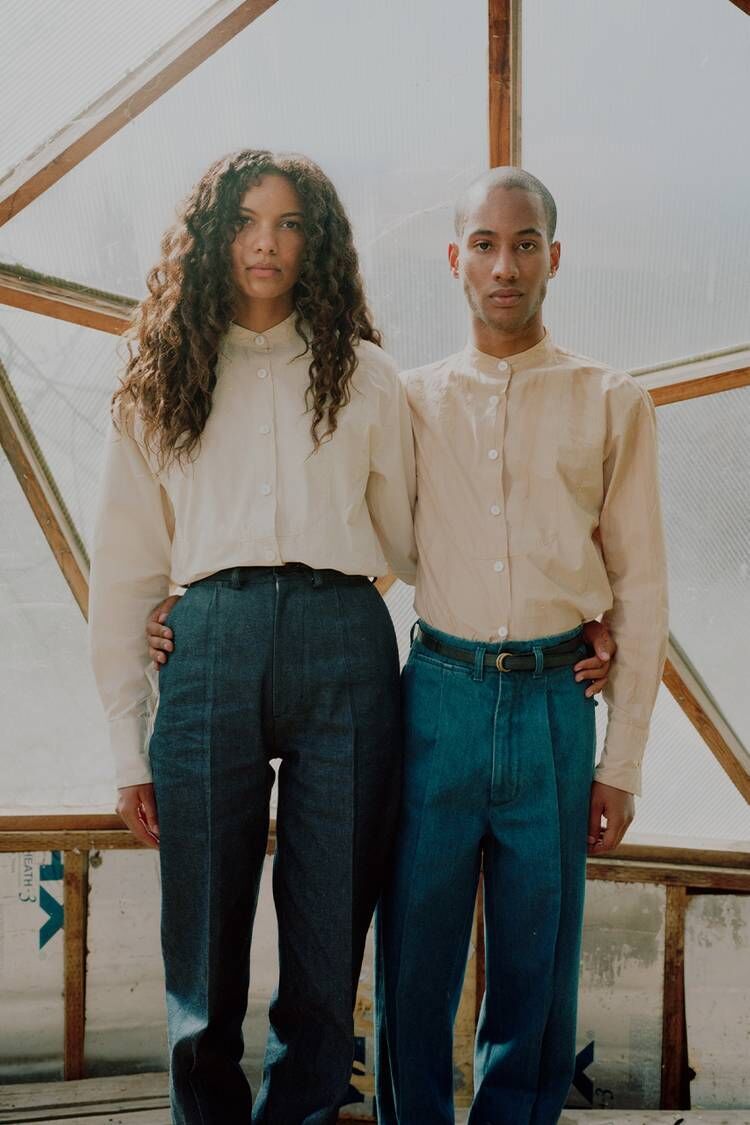Olderbrother Unveils the FW21 Collection with a Clear Lens
Portland-based fashion label Olderbrother introduces its new collection designed for the Fall/Winter 2021 season full of apparel that is designed from a gender-neutral approach. The brand celebrates a transparent approach to fashion design with whimsical looks and sustainable sources.
The fabrics used to create the pieces include organic Japanese cotton or edible pigment-made dyes to give the designs its colors. The seasonal capsule is entitled Fermentation and it is a blend of earthy themes and natural colors. The inspiration behind the range is the transformation of the unseen microbial world that exists all around us. Some of the notable items in the collection include the Rile Patch Zip Jacket and the soft Sherpa Chore Coat.
Image Credit: Jack Bool
The fabrics used to create the pieces include organic Japanese cotton or edible pigment-made dyes to give the designs its colors. The seasonal capsule is entitled Fermentation and it is a blend of earthy themes and natural colors. The inspiration behind the range is the transformation of the unseen microbial world that exists all around us. Some of the notable items in the collection include the Rile Patch Zip Jacket and the soft Sherpa Chore Coat.
Image Credit: Jack Bool
Trend Themes
1. Gender-neutral Fashion - The rise of gender-neutral fashion creates opportunities for more inclusive and diverse designs that cater to a broader audience.
2. Sustainable Fashion - Incorporating sustainable practices such as using organic materials and edible pigment-made dyes can be a disruptive innovation opportunity in the fashion industry.
3. Microbial-inspired Fashion - Drawing inspiration from the microbial world can create unique and whimsical designs that push the boundaries of traditional fashion.
Industry Implications
1. Fashion - The fashion industry can benefit from embracing gender-neutral, sustainable, and microbial-inspired designs, creating new markets and audiences.
2. Sustainability - Sustainability practices in fashion, such as using organic cotton and edible pigment-made dyes, can also be adopted by other industries as a way to reduce their environmental impact.
3. Textile Manufacturing - Incorporating sustainable and microbial-inspired practices in textile manufacturing can lead to the development of new and innovative materials, improving efficiency and sustainability in the industry.
3.2
Score
Popularity
Activity
Freshness






















